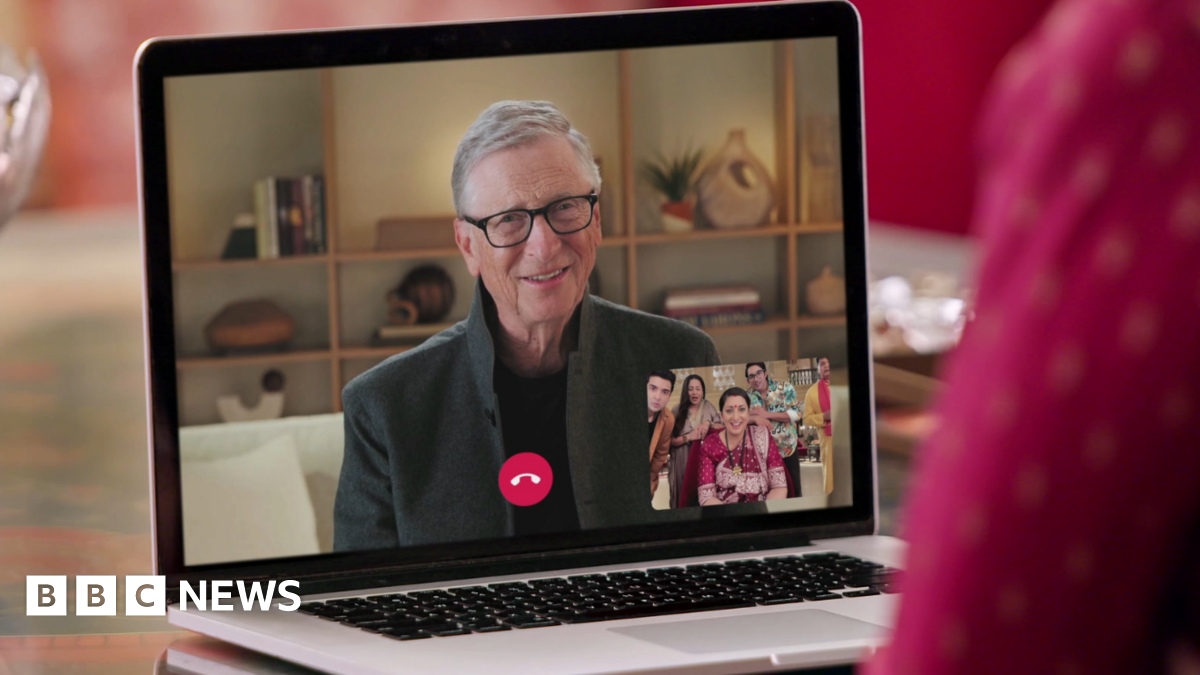Indian audiences found the show, based on the complex domestic relationship between Irani’s character Tulsi and her mother-in-law, riveting. The trials and tribulations of the dutiful new bride had families reorganise their daily routines to ensure they didn’t miss out a single episode.
Irani’s character was – and is – at the centre of this story of the fictitious Virani family. In the first season, she played a young woman who fell in love with and married the scion of a wealthy family.
A quarter of a century later, Tulsi is middle aged, her children are all grown up and she is about to become a ma-in-law herself.
But the battles she’s fighting now are still with jealous and misguided family members and the drama – and the melodrama – of the original season remain in abundance, Ms Bajpai says.
“If you take away the gadgets, the mobile phones and the laptops, essentially remove all the window dressing, it’s still the same story. It’s just been updated.”
But, she adds that one thing that’s different now is that the social messaging has increased. “I think that’s because it fits her profile more. She served as the minister for women and child development so the show now talks about divorce, child and maternal health and other socially-relevant issues.”
The four-minute-long segment with Mr Gates starts with the Microsoft founder greeting her in American-accented Hindi – “Namaste Tulsi-ji,” he says, asking her if he’d said it right?
“Yes, absolutely perfect,” she beams.
The call comes after Tulsi is seen in a viral video at a godh-bharai (baby shower) dishing out health advice to an expectant mother.
Tulsi’s son, who’s posted the video, tells her that he had tagged Mr Gates, wondering if he’d be willing to talk to Tulsi on a video call. “He’s accepted,” he squeals with delight.
Tulsi initially seems a bit nervous. “What will I say to him? I only do video calls with you all or your father about grocery shopping,” she says.

